Spotted
Recent articles
Rise in autism prevalence; and more
Here is a roundup of autism-related news and research spotted around the web for the week of 21 April.
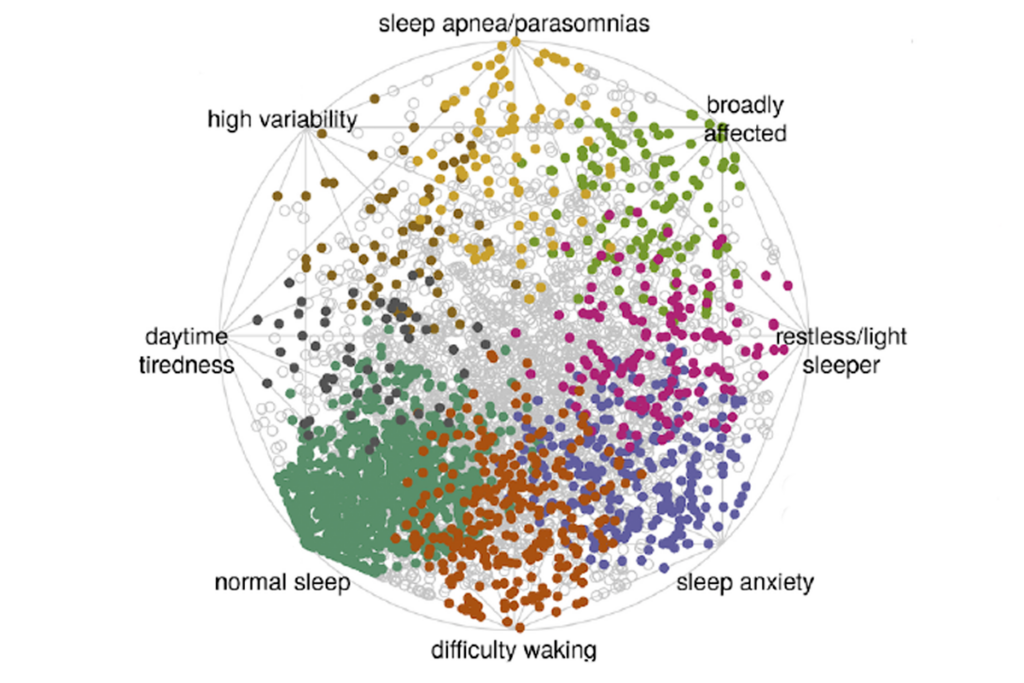
Rise in autism prevalence; and more
Here is a roundup of autism-related news and research spotted around the web for the week of 21 April.
Developmental delay patterns differ with diagnosis; and more
Here is a roundup of autism-related news and research spotted around the web for the week of 14 April.

Developmental delay patterns differ with diagnosis; and more
Here is a roundup of autism-related news and research spotted around the web for the week of 14 April.
Changes in autism scores across childhood differ between girls and boys
Here is a roundup of autism-related news and research spotted around the web for the week of 7 April.
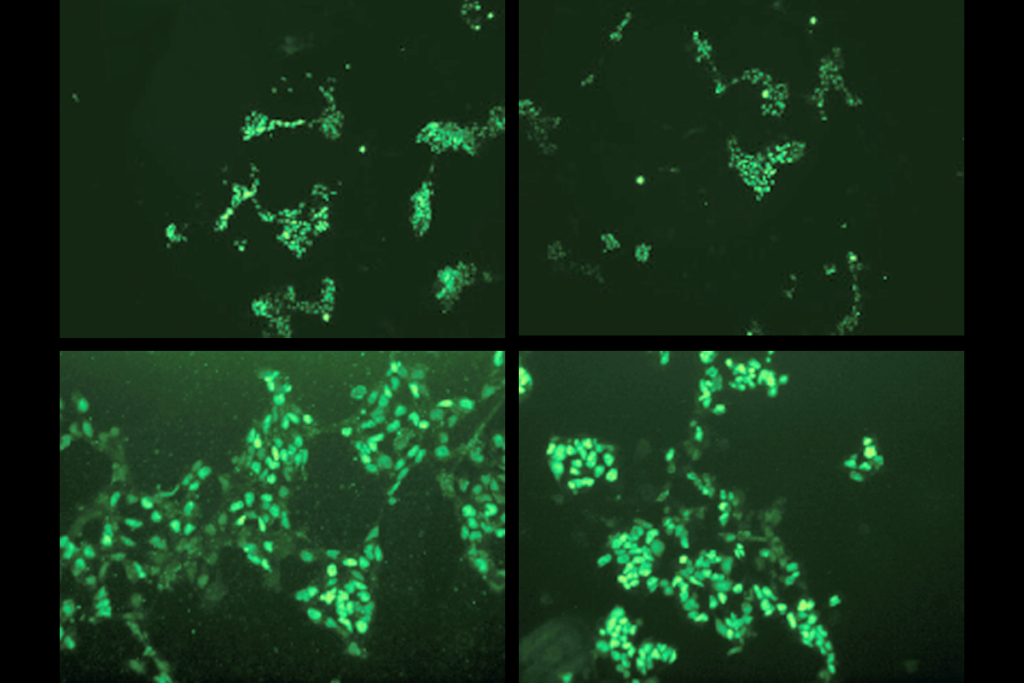
Changes in autism scores across childhood differ between girls and boys
Here is a roundup of autism-related news and research spotted around the web for the week of 7 April.
Autism traits, mental health conditions interact in sex-dependent ways in early development
Here is a roundup of autism-related news and research spotted around the web for the week of 31 March.
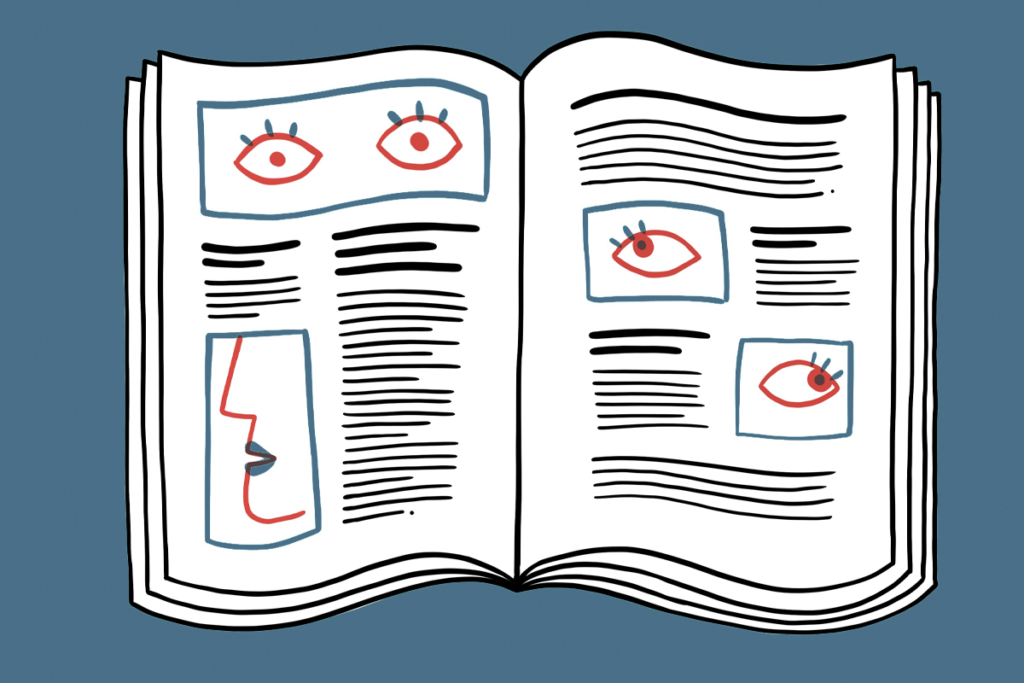
Autism traits, mental health conditions interact in sex-dependent ways in early development
Here is a roundup of autism-related news and research spotted around the web for the week of 31 March.
NIH neurodevelopmental assessment system now available as iPad app
Here is a roundup of autism-related news and research spotted around the web for the week of 24 March.
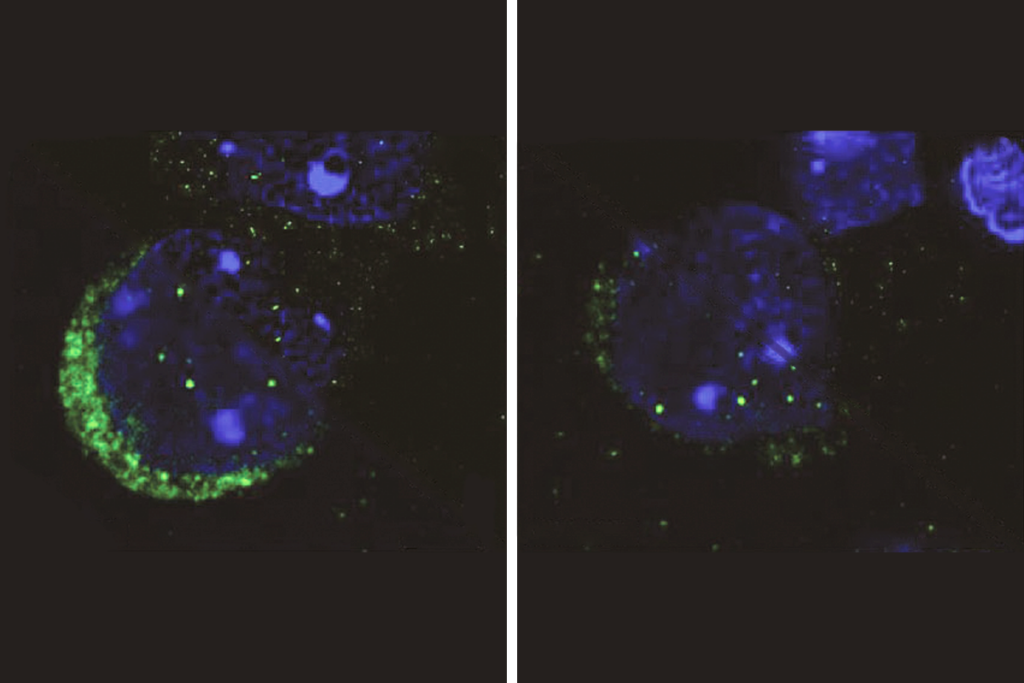
NIH neurodevelopmental assessment system now available as iPad app
Here is a roundup of autism-related news and research spotted around the web for the week of 24 March.
Restoring excitation-inhibition balance in a mouse model of autism; and more
Here is a roundup of autism-related news and research spotted around the web for the week of 17 March.
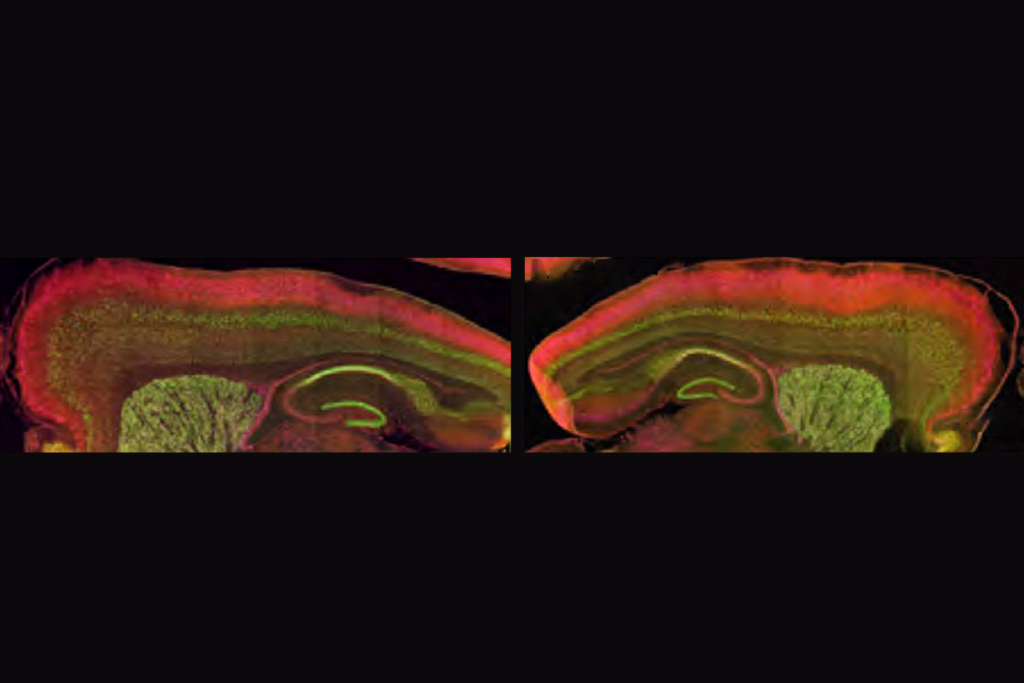
Restoring excitation-inhibition balance in a mouse model of autism; and more
Here is a roundup of autism-related news and research spotted around the web for the week of 17 March.
Analyzing automation: Two studies test methods that track rodents’ social interactions, children’s speech characteristics
Here is a roundup of autism-related news and research spotted around the web for the week of 10 March.

Analyzing automation: Two studies test methods that track rodents’ social interactions, children’s speech characteristics
Here is a roundup of autism-related news and research spotted around the web for the week of 10 March.
Vocal language development in genetically different twins; gaze behavior in face-to-face conversation
Here is a roundup of autism-related news and research spotted around the web for the week of 3 March.
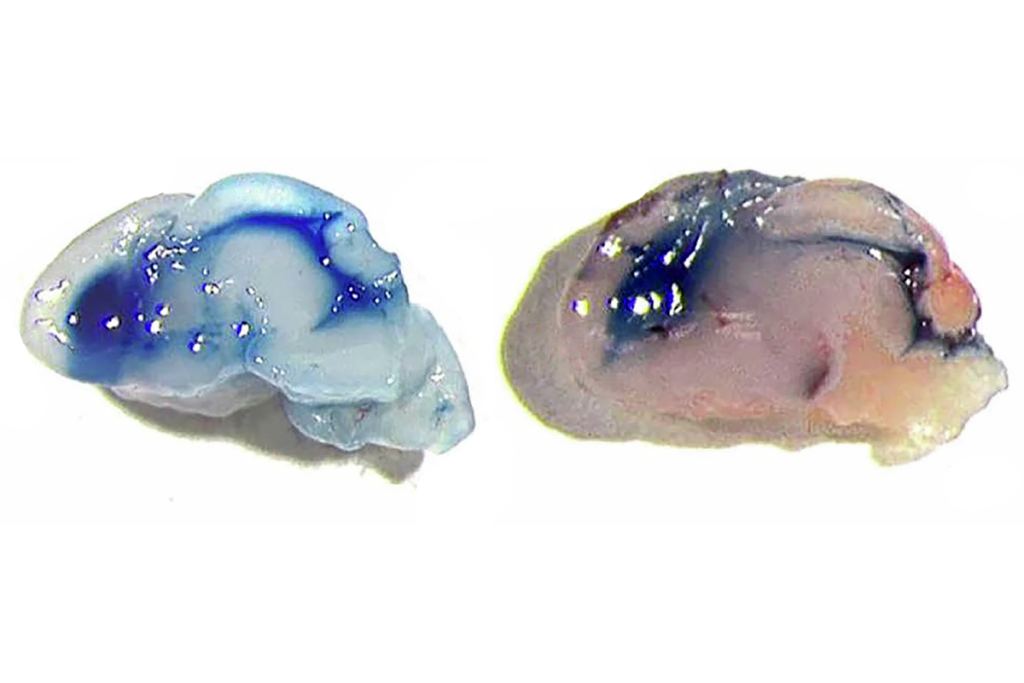
Vocal language development in genetically different twins; gaze behavior in face-to-face conversation
Here is a roundup of autism-related news and research spotted around the web for the week of 3 March.
Attention and IQ link; AUTS2-related syndrome; Glyx-13 for fragile X
Here is a roundup of autism-related news and research spotted around the web for the week of 24 February.

Attention and IQ link; AUTS2-related syndrome; Glyx-13 for fragile X
Here is a roundup of autism-related news and research spotted around the web for the week of 24 February.
Depression perception; MYT1L mice; brain signal variability
Here is a roundup of autism-related news and research spotted around the web for the week of 17 February.
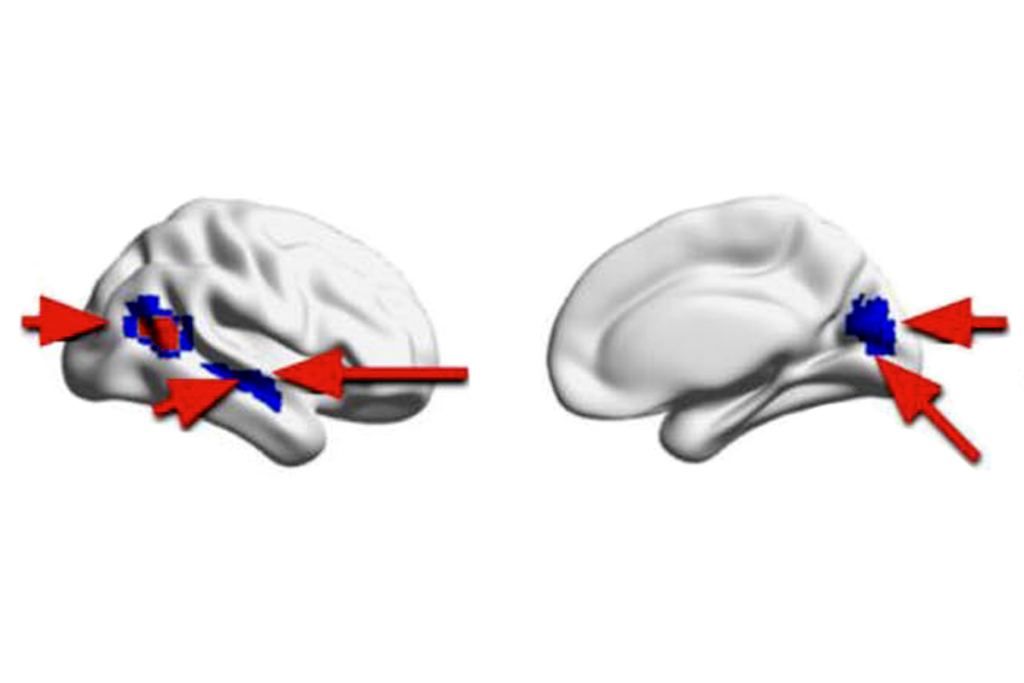
Depression perception; MYT1L mice; brain signal variability
Here is a roundup of autism-related news and research spotted around the web for the week of 17 February.
Explore more from The Transmitter
This paper changed my life: Shane Liddelow on two papers that upended astrocyte research
A game-changing cell culture method developed in Ben Barres’ lab completely transformed the way we study astrocytes and helped me build a career studying their reactive substates.
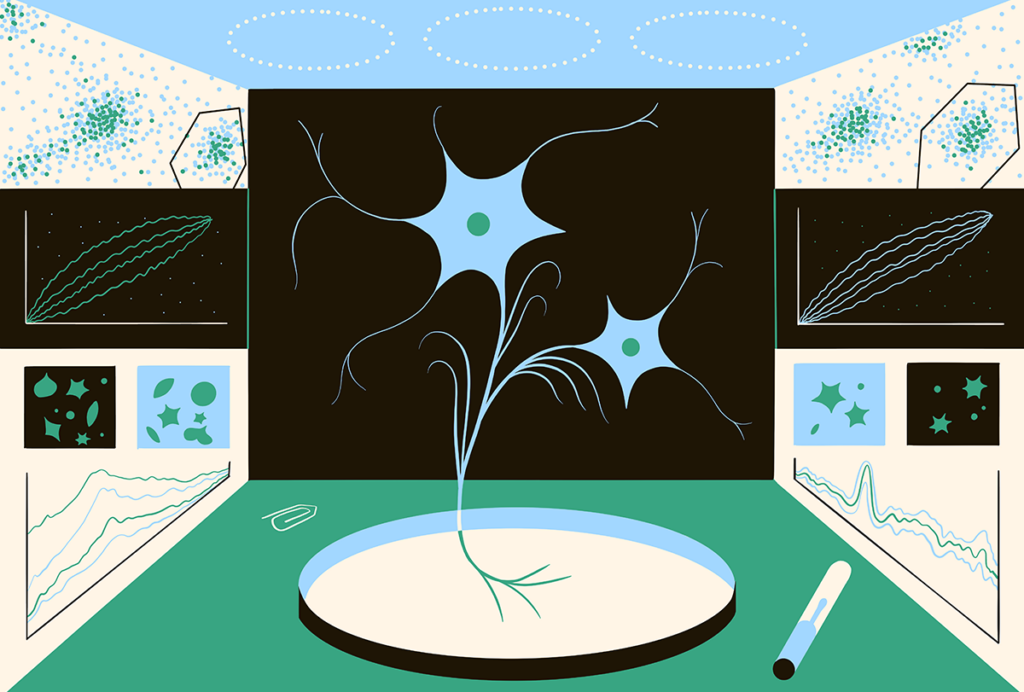
This paper changed my life: Shane Liddelow on two papers that upended astrocyte research
A game-changing cell culture method developed in Ben Barres’ lab completely transformed the way we study astrocytes and helped me build a career studying their reactive substates.
Dean Buonomano explores the concept of time in neuroscience and physics
He outlines why he thinks integrated information theory is unscientific and discusses how timing is a fundamental computation in brains.
Dean Buonomano explores the concept of time in neuroscience and physics
He outlines why he thinks integrated information theory is unscientific and discusses how timing is a fundamental computation in brains.
What birds can teach us about the ‘biological truth’ of sex
Part of our job as educators is to give students a deeper understanding of the true diversity of sex and gender in the natural world.

What birds can teach us about the ‘biological truth’ of sex
Part of our job as educators is to give students a deeper understanding of the true diversity of sex and gender in the natural world.